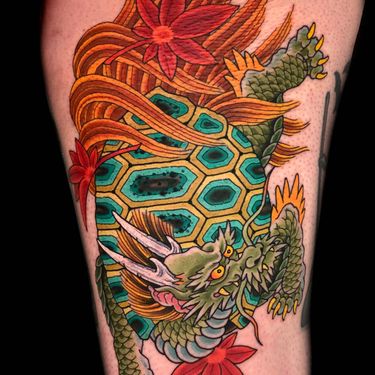Style Guide: Japanese Tattoos
In this article we explore stylistic elements and influences in the world of Japanese tattooing.
Japanese tattoo style, (commonly referred to as Irezumi, Wabori or Harimono) is a traditional style of tattooing that originated in Japan. This style is easily recognized by its characteristic motifs, bold shading, and readability.
West of Japan, in Europe and the United States, we often see Japanese tattoos as a standalone large scale work, for example a sleeve or backpiece. However, the traditional Japanese application is one single tattoo that occupies the entire body as a suit of sorts, covering legs, arms, torso and back. In this traditional bodysuit style, a single strip of untouched skin is left visible from the collarline to the navel, made this way so the wearer’s tattoos are not visible in a kimono.
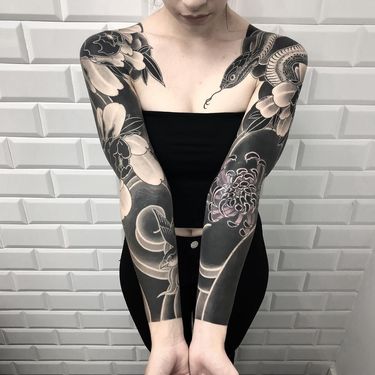
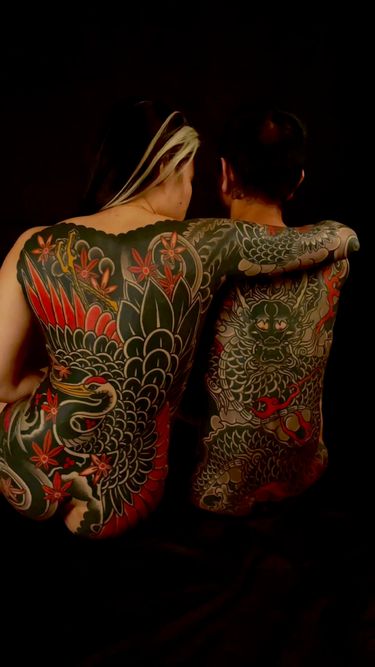
Aesthetics
The aesthetics and subject matter of these works are said to have evolved from woodblock prints of the Ukiyo-e era in Japan. Ukiyo-e (which translates to Pictures of the Floating World) artworks are intrinsically interwoven and referenced in a vast majority in what we have come to know of Japanese art and culture.
Wonderfully colorful, flattened perspectives, graceful illustrative linework, and a unique use of negative space were all to inform not only European painters like Monet and Van Gogh, but also craft movements like Art Nouveau, and Japanese tattooing, itself.
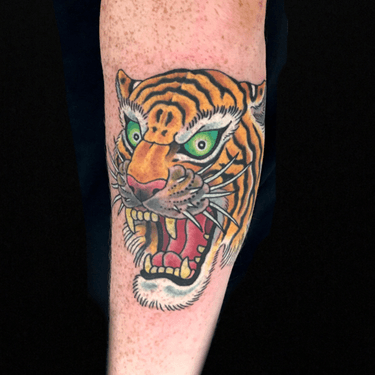
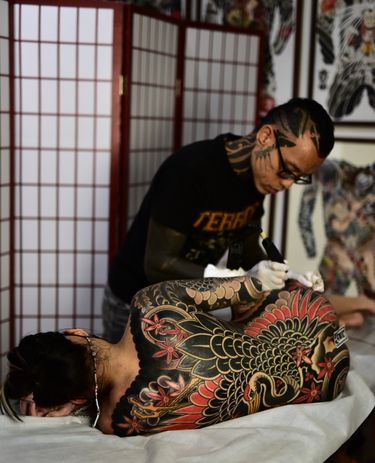
Motifs and Subject Matter
The most classic Ukiyo-e motifs that we see in tattoos today include Japanese folkloric figures, masks, Buddhist deities, famed samurai, tigers, snakes and koi fish, as well as mythical creatures including but not limited to Japanese dragons, kirin, kitsune, baku, foo dogs and phoenix. These subjects can standalone as foreground or most commonly, are paired with flora or another element (like water) existing as background. As with many aspects of Japanese tattooing, the meaning or symbolism behind the work is dependent on colors used, placement, and accompanying images surrounding the main concept.
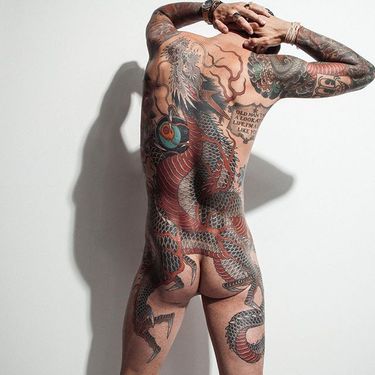
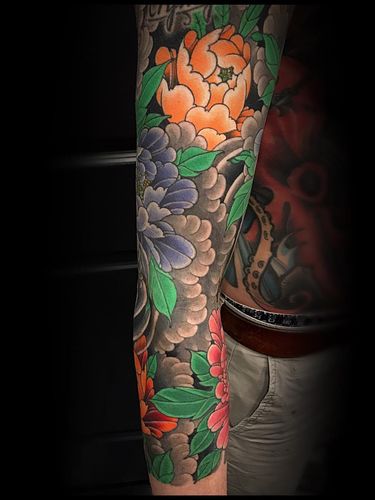
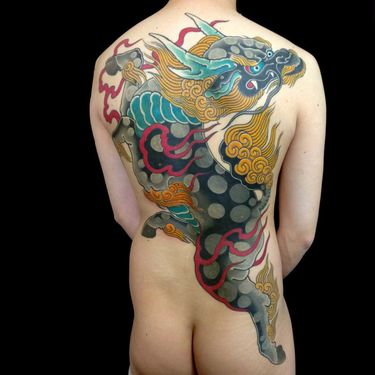
Tools Used
During the birth of the tattooing practice in Japan, bodywork was done manually by hand using a long bamboo or metal tool with a needle grouping attached to the tip. Though most artists today are using machines to apply Japanese tattoos, there remain quite a few who are upholding the tradition of non-electric hand application or Tebori by continuing to offer this method. Those interested in receiving an authentic Japanese tebori tattoo can look here and here to start.
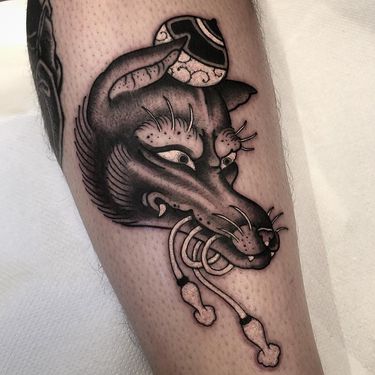
Today, Japanese-style tattoos are worn not only by the Japanese, but many types of tattoo collectors for their beauty, flowing composition, and symbolism. Looking for a tattoo artist that specializes in this style and don’t know where to begin? We’re happy to help you find the right artist for the job.

